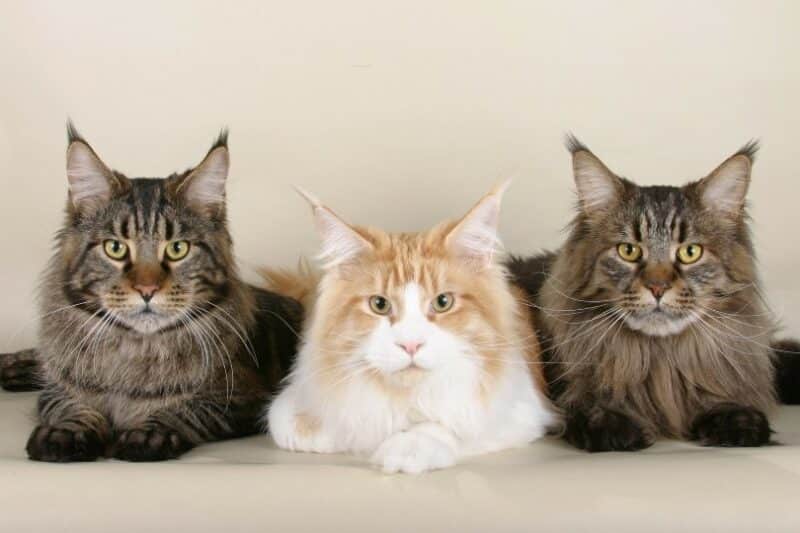A lot rides on a good name, but selecting the ideal one for your cat is challenging. It needs to be something you won’t mind hearing and saying for the next 20 years. Most importantly, it can’t be a name everyone makes fun of on the playground. If you’ve decided that your cat’s name should start with the letter G, congratulations! You have good taste! Here’s a mega list of over 300 names and descriptions to help you choose.
Sports-Inspired G Names for Cats
- Goal: Always achieves targets
- Grand Slam: Exceeds all expectations
- Gridiron: Tough and resilient
- Gymnast: Flexible and agile
- Goalie: Protective and alert
- Golfer: Loves chasing balls
- Grandstand: Loves attention
- Guard: Watchful and protective
- Gridlock: Stubborn and persistent
- Gunner: Always on the hunt
- Glider: Graceful and swift
- Greco: Strong and athletic
- Grappler: Loves to wrestle
- Gaiter: Unique walking style
- Gallop: High-energy runner
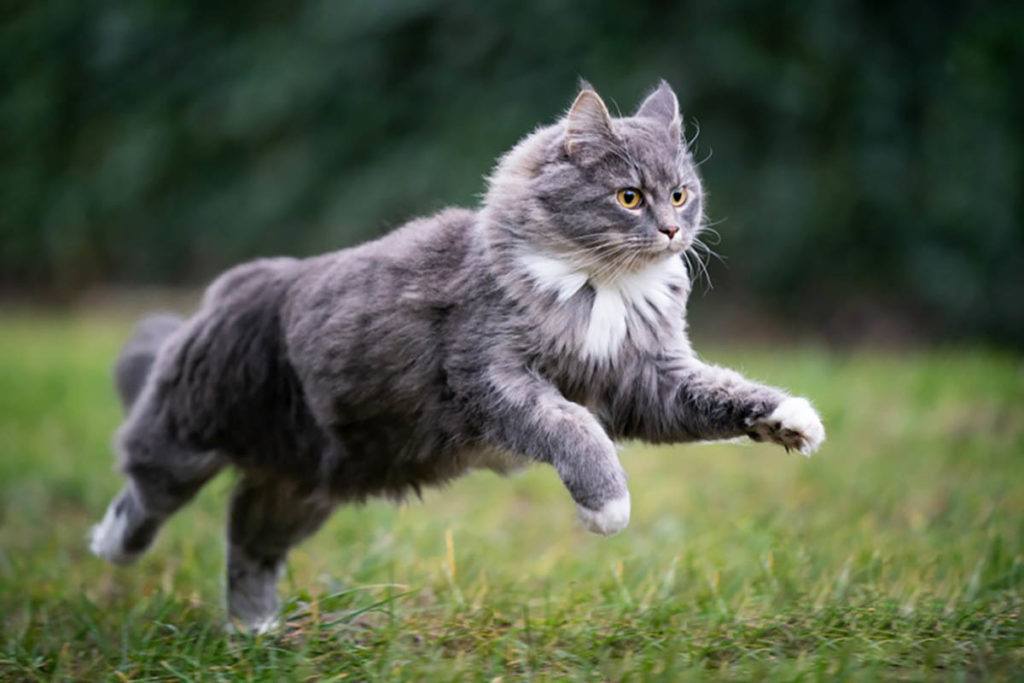
Art and Design G Names for Cats
- Gouache: Vibrant and lively
- Graphic: Distinctive markings
- Gesso: Always first in line
- Graffiti: Street-smart and artistic
- Gallery: Sophisticated and cultured
- Gradient: Varying shades of color
- Gothic: Dark and dramatic
- Gild: Precious and golden
- Glaze: Glossy and shiny
- Geode: Hidden depths within
- Graphite: Gray and sketch-like
- Gusto: Passionate and enthusiastic
- Gloss: Sleek and shiny
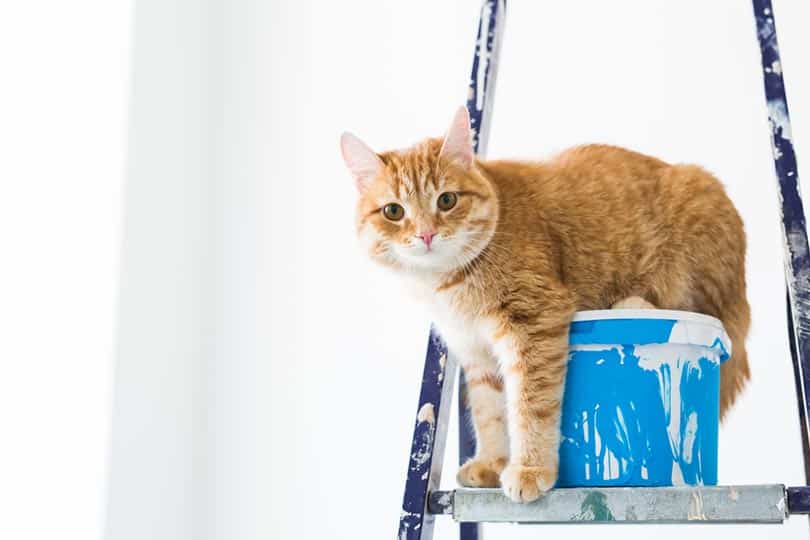

Historical G Names for Cats
- Gutenberg: Inventor of printing
- Galileo: Curious star-gazer
- Genghis: Powerful and commanding
- Garibaldi: Brave Italian general
- Gettysburg: Brave and historic
- Guinevere: Regal and beautiful
- Grant: Noble and heroic
- Gallant: Brave and chivalrous
- Geronimo: Fearless adventurer
- Griffin: Majestic and mythical
- Guernica: Memorable and impactful
- Galahad: Virtuous and noble
- Gordian: Complex and intriguing
- Gloucester: Regal and dignified
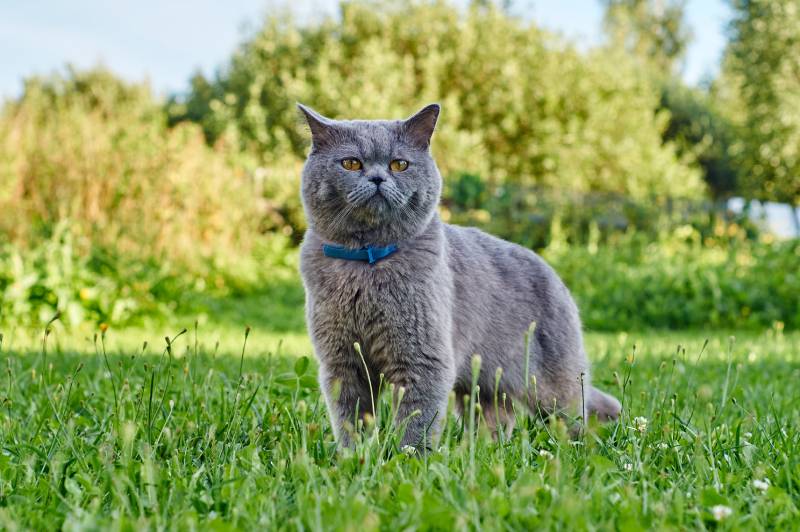
Space-Inspired G Names for Cats
- Galaxy: Vast and mysterious
- Gemini: Dual-natured personality
- Ganymede: Large and impactful
- Gravitation: Has a strong pull
- Gamma: Radiant and energetic
- Gear: Keeps things moving
- Gyroscope: Balanced and stable
- Gagarin: Adventurous space pioneer
- Glide: Smooth and graceful
- Globular: Big personality
- Glow: Warm and comforting
- Gravitational: Strong presence
- Galactic: As impressive as a galaxy

Botanical G Names for Cats
- Gardenia: Fragrant and beautiful
- Geranium: Vibrant and colorful
- Gingko: Ancient and enduring
- Gladiolus: Bold and dramatic
- Grove: Peaceful and serene
- Grasshopper: Quick and energetic
- Greenery: Fresh and vibrant
- Grapevine: Sweet and fruitful
- Ginseng: Exotic and medicinal
- Guava: Tropical and sweet
- Gourd: Unique and autumnal
- Gerbera: Bright and cheerful
- Galangal: Spicy and Asian-inspired
- Ginger Root: Warm and spicy
- Gillyflower: Old-fashioned and charming

G Names from the Animal Kingdom
- Gecko: Quick and quirky
- Gull: Free and coastal
- Gazelle: Graceful and swift
- Grizzly: Strong and powerful
- Goldfish: Playful and vibrant
- Grouse: Grounded and rustic
- Giraffe: Tall and unique
- Gannet: Diving seabird
- Gorilla: Strong and intelligent
- Goshawk: Sharp and bird-like
- Guppy: Small and lively
- Gila Monster: Rare and exotic
- Gnu: Wild and African
- Grackle: Noisy and social
- Gallinule: Water-loving bird
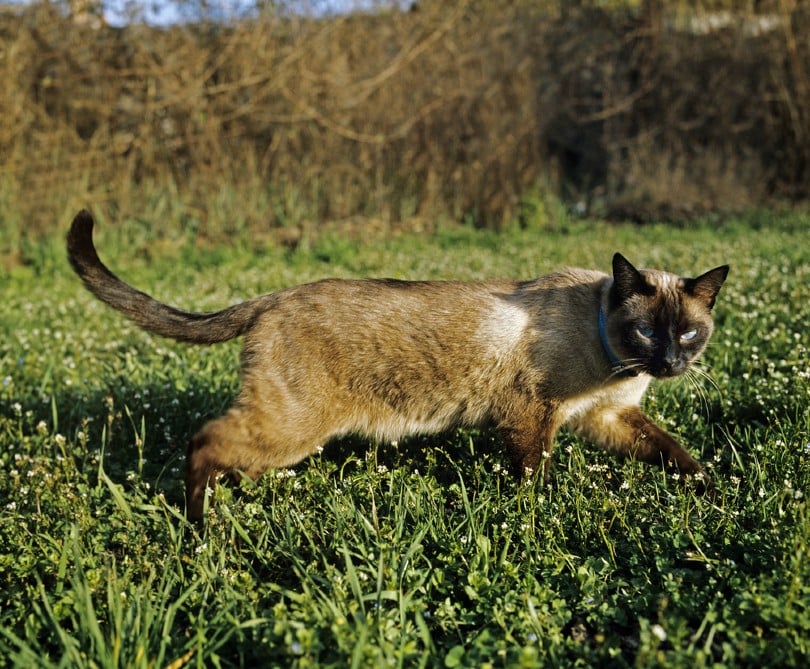
G Names Inspired by the Sea
- Guppy: Small and playful
- Goby: Tiny and tropical
- Grampus: Large dolphin species
- Gulfstream: Warm and flowing
- Galleon: Majestic and historic
- Glacier: Cold and majestic
- Goldfish: Classic and vibrant
- Great White: Powerful shark
- Grotto: Hidden and beautiful
- Gray Whale: Large and gentle
- Gudgeon: Small freshwater fish
- Gurnard: Bottom-dwelling fish
- Ghost Crab: Quick and elusive

G Names from the World of Fantasy
- Gryphon: Majestic mythical beast
- Genie: Magical and wish-granting
- Goblin: Mischievous and small
- Gnome: Garden protector
- Glinda: Good witch
- Gorgon: Snake-haired creature
- Griffin: Eagle-lion hybrid
- Golem: Animated being
- Ghoul: Creepy creature
- Gremlin: Troublesome imp
- Gambit: Risky move
- Gargamel: Infamous sorcerer
- Gurgi: Loyal companion
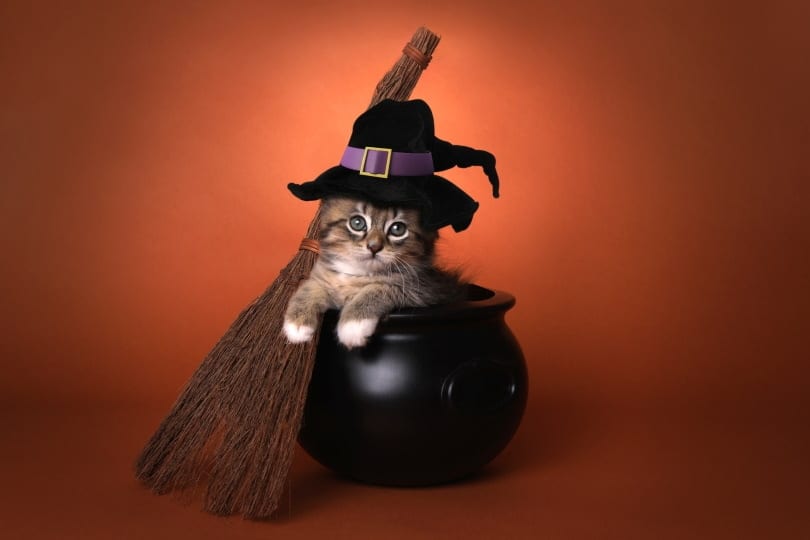
G Names with a Touch of Magic
- Glitter: Sparkly and shiny
- Gleam: Shiny and bright
- Glisten: Wet and shiny
- Glow: Radiant and warm
- Genie: Magical and wish-granting
- Grimoire: Book of spells
- Gossamer: Delicate and light
- Glimmer: Faint and twinkling
- Glint: Small flash of light
- Goblet: Medieval drinkware
- Glyph: Symbolic figure
- Guardian: Protective and loyal
- Guide: Leading the way
- Grace: Elegant and smooth
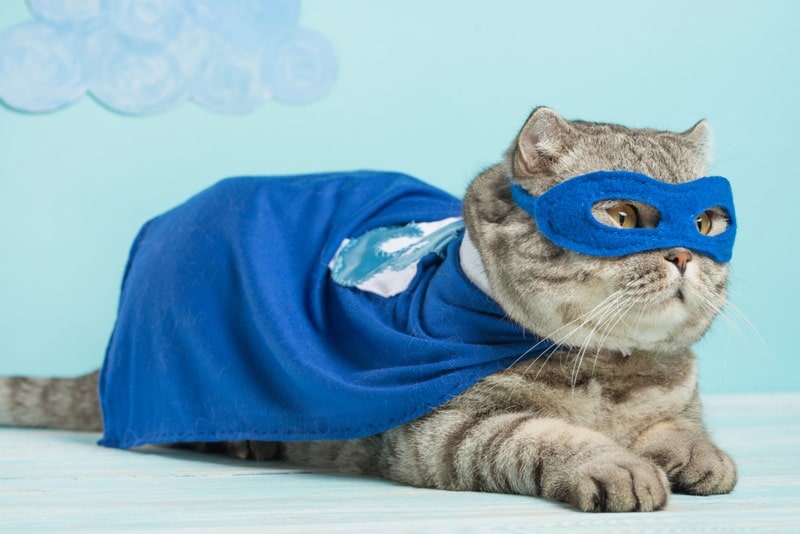
G Names from the World of Music
- Glee: Joyful and musical
- Guitar: Melodic and strumming
- Groove: Rhythmic and cool
- Grammy: Prestigious award
- Gigue: Lively dance
- Glissando: Sliding notes
- Gospel: Soulful and uplifting.
- Gershwin: Famous composer
- Graceland: Elvis’s home
- Garfunkel: Harmonious singer
- Gamba: Old string instrument
- Grunge: Raw music genre
- Guzheng: Chinese zither
- Gamelan: Indonesian ensemble
- Gong: Loud and resonating
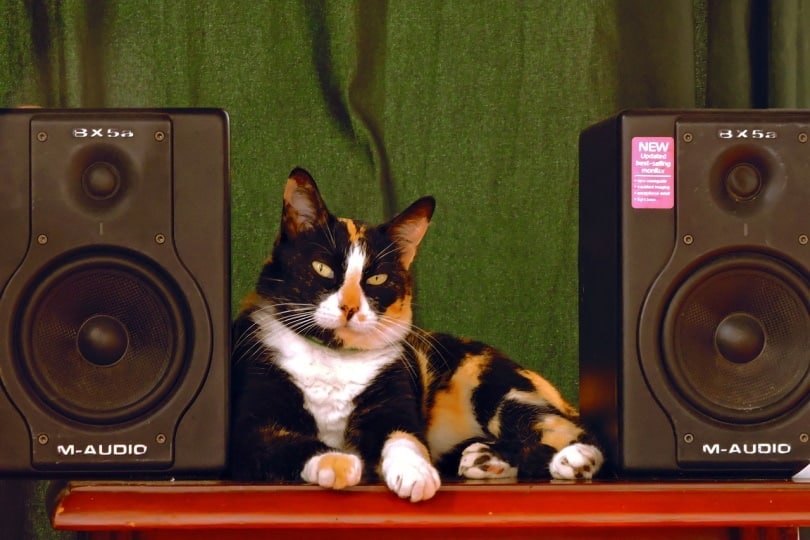

G Names from the World of Literature
- Gatsby: Classic literary character
- Galadriel: Elven queen in Tolkien’s world
- Gandalf: Wise wizard from Middle-earth
- Gregor: Kafka’s transformed protagonist
- Gulliver: Swift’s adventurous traveler
- Grimm: Famous fairy tale author
- Grendel: Beowulf’s monstrous foe
- Gilgamesh: Ancient epic hero
- Gogol: Russian literature giant
- Golding: “Lord of the Flies” author
- Goneril: Treacherous daughter in “King Lear”
- Guinevere: Legendary Arthurian queen
- Garp: Irving’s “World According to Garp”
- Gonzo: Hunter S. Thompson’s journalism style
- Geppetto: Pinocchio’s wood-carving father

G Names from the World of Fashion
- Gucci: Iconic Italian luxury brand
- Gaultier: Innovative French designer
- Givenchy: Elegant fashion house
- Gingham: Checkered fabric pattern
- Glamour: Alluring, attractive style
- Gloss: Shiny, polished finish
- Gossamer: Thin, light fabric
- Grunge: ’90s fashion trend
- Garter: Elastic lingerie piece
- Garb: General term for clothing
- Garnish: Decorative, ornamental addition
- Grosgrain: Ribbed fabric type
- Gabardine: Durable, twill fabric
- Gauze: Light, sheer material
- Glitz: Flashy, showy style
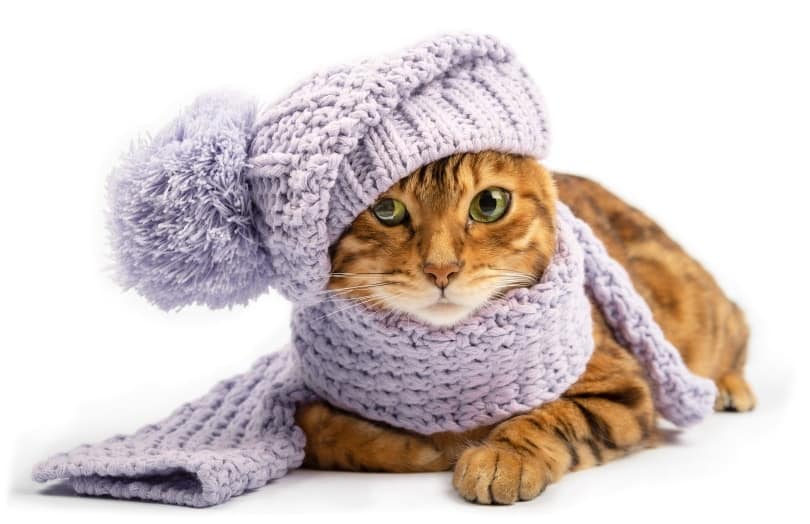
G Names from the World of Cinema
- Godfather: Iconic mafia film
- Godzilla: Famous monster movie
- Griffith: Pioneer filmmaker D.W.
- Garland: Judy, star of “Oz”
- Gump: Forrest, of simple wisdom
- Gibson: Mel, of “Braveheart” fame
- Gable: Clark, a classic Hollywood star
- Grease: Popular musical film
- Ghost: Romantic ’90s film
- Goonies: ’80s adventure classic
- Ghibli: Acclaimed Japanese animation studio
- Goldfinger: Classic Bond villain
- Gleeson: Brendan, versatile Irish actor
- Gyllenhaal: Jake or Maggie, acting siblings
- Gravity: Space-set thriller film
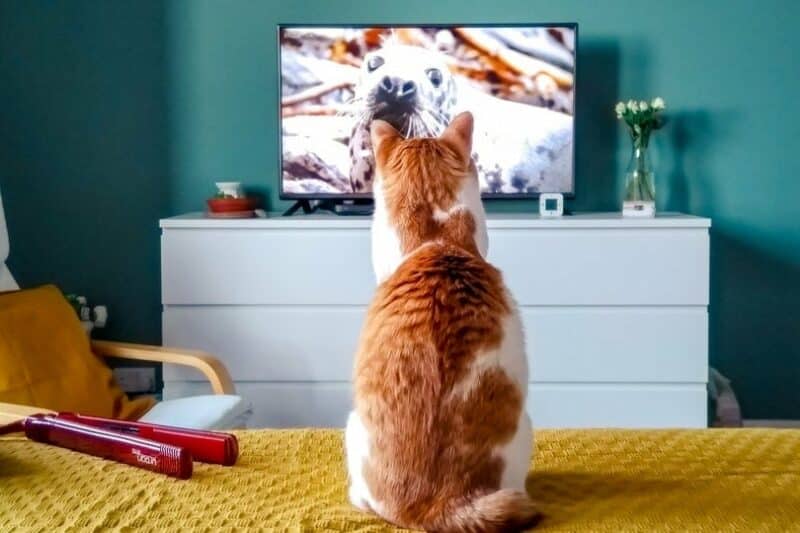
G Names from the World of Food
- Gumbo: Rich Louisiana stew
- Gouda: Creamy Dutch cheese
- Granola: Healthy, crunchy snack
- Guacamole: Delicious avocado dip
- Gnocchi: Soft Italian dumplings
- Gyro: Greek meat wrap
- Gazpacho: Cold Spanish soup
- Ginger: Spicy, aromatic root
- Gelato: Italian ice cream
- Gorgonzola: Strong, blue cheese
- Granita: Semi-frozen dessert
- Gravy: Savory sauce for meats
- Ghee: Clarified butter used in cooking
- Gratin: Oven-baked dish
- Grapefruit: Tart and juicy citrus
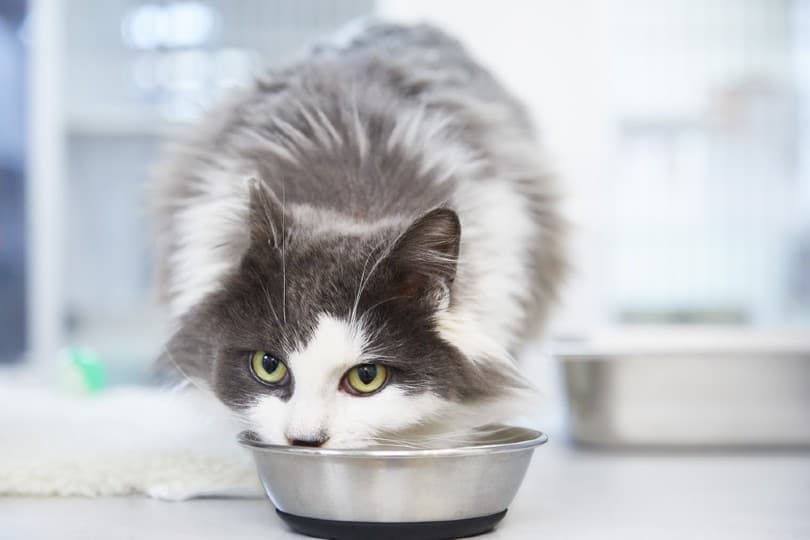
G Names Inspired by Geometry
- Grid: Network of lines
- Golden: Ratio of aesthetic appeal
- Geometry: Study of shapes
- Globe: Round representation of Earth
- Gauge: Measurement unit
- Gap: Space between objects
- Gallon: Volume measurement
- Gem: Precious cut stone
- Glint: Small, bright flash
- Gloss: Shiny, reflective surface
- Glow: Gentle, soft light
- Groove: Narrow, linear cut
- Gradient: Continuous change
- Graph: Visual data representation
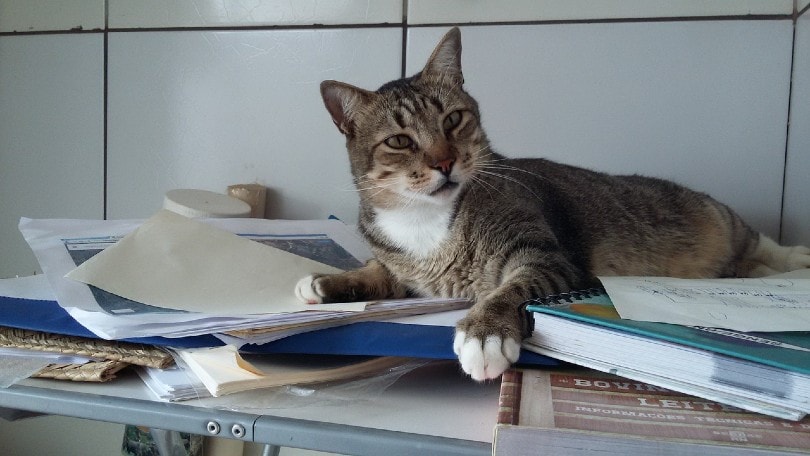
G Names from Nature
- Glowworm: Bioluminescent beetle
- Galapagos: Remote island chain
- Geyser: Eruptive hot spring
- Garden: Enclosed outdoor space
- Grassland: Open expanse of land
- Gully: Narrow ravine
- Gorge: Steep canyon
- Granite: Hard, igneous stone
- Geode: Crystal-filled rock
- Gypsum: Soft mineral deposit
- Galena: Silver-bearing ore mineral
- Garnet: Deep red and precious
- Gold: Luxurious and valuable
- Graphite: Dark and lustrous
- Gem: Precious and beautiful
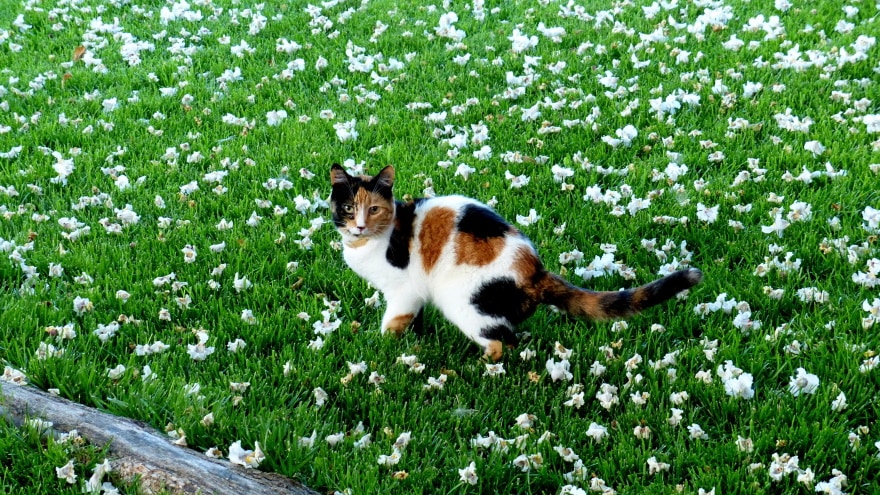
G Names from Mythology
- Gaea: Ancient Greek goddess of the Earth
- Gaia: Mother nature in Roman mythology
- Griffin: Legendary creature with an eagle head and lion’s body
- Glaucus: Sea god in Greek mythology
- Garuda: The mythical bird from Hinduism
- Gigas: Giant entity in Greek mythology
- Godiva: Legendary English Lady of Coventry
- Greip: Giantess in Norse mythology
- Ganymede: Young man and cupbearer to the Greek gods
- Gyges: King who acquired a magical ring
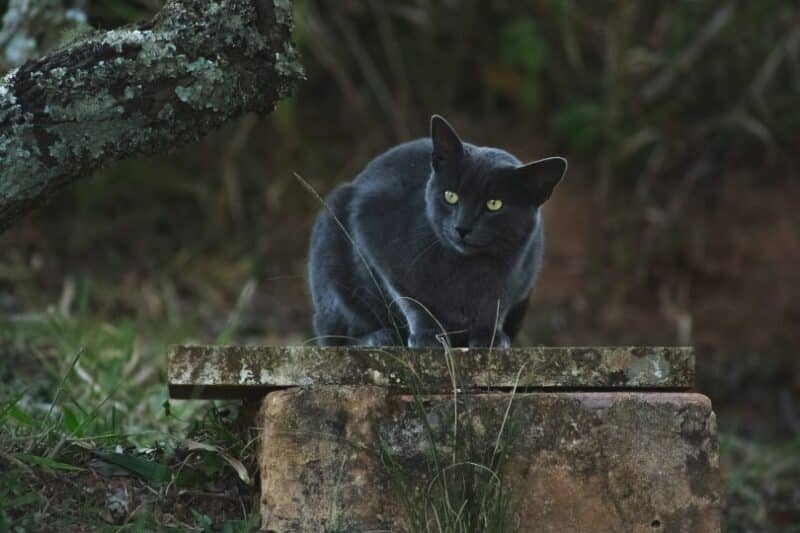

Tips for Picking the Perfect G Name for Your Cat
- Reflect Your Cat’s Personality: Cats have distinct personalities. Whether they’re playful, aloof, adventurous, or cuddly, pick a G name that reflects their unique character.
- Consider Appearance: Is your cat graceful like a Gazelle, or perhaps golden in color? Use their physical attributes as inspiration.
- Keep It Short: Cats respond best to one or two-syllable names. Consider short G names like Gem, Gail, or Gus.
- Make It Unique: Stand out from the crowd with a unique G name. Think outside the box and avoid common names.
- Meaning Matters: Look for G names that have a special meaning or significance to you, whether it’s a favorite character from literature or a nod to history.
- Easy to Pronounce: Choose a G name that is easy for everyone in the family to pronounce consistently. This will help your cat learn their name faster.
- Test It Out: Say the name aloud several times to see if it feels right. Does it suit your cat? Does it roll off your tongue easily?
- Think Long-Term: Remember your cat will have this name for their entire life. Make sure it’s a name you’ll be happy with in the long run.
- Get Creative: Don’t be afraid to get creative with the names. Play around with words related to your interests or hobbies.
- Involve the Family: If you have a family, get everyone involved in the cat-naming process. It can be a fun family activity, and it ensures everyone likes the chosen name.
Conclusion
The world of G names for cats is overflowing with great ideas. Now, the choice is up to you. Your inspiration, preferences, and, most importantly, your cat are your guides. Happy naming!
Featured Image Credit: skeeze, Pixabay
Contents
- Sports-Inspired G Names for Cats
- Art and Design G Names for Cats
- Historical G Names for Cats
- Space-Inspired G Names for Cats
- Botanical G Names for Cats
- G Names from the Animal Kingdom
- G Names Inspired by the Sea
- G Names from the World of Fantasy
- G Names with a Touch of Magic
- G Names from the World of Music
- G Names from the World of Literature
- G Names from the World of Fashion
- G Names from the World of Cinema
- G Names from the World of Food
- G Names Inspired by Geometry
- G Names from Nature
- G Names from Mythology
- Tips for Picking the Perfect G Name for Your Cat
- Conclusion

